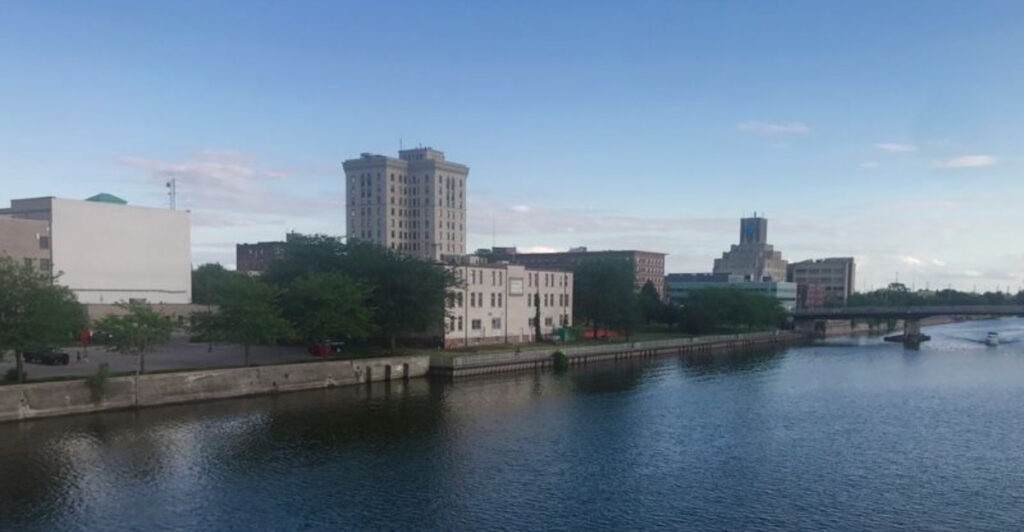American cities that once drew millions of visitors and residents are facing tough times. Rising costs, crime concerns, and changing lifestyles are pushing people away from places they used to love.
Many famous destinations are watching their populations shrink as families and young professionals seek better opportunities elsewhere.
Understanding these changes helps us see how cities evolve and what challenges urban America faces today.
1. San Francisco, California
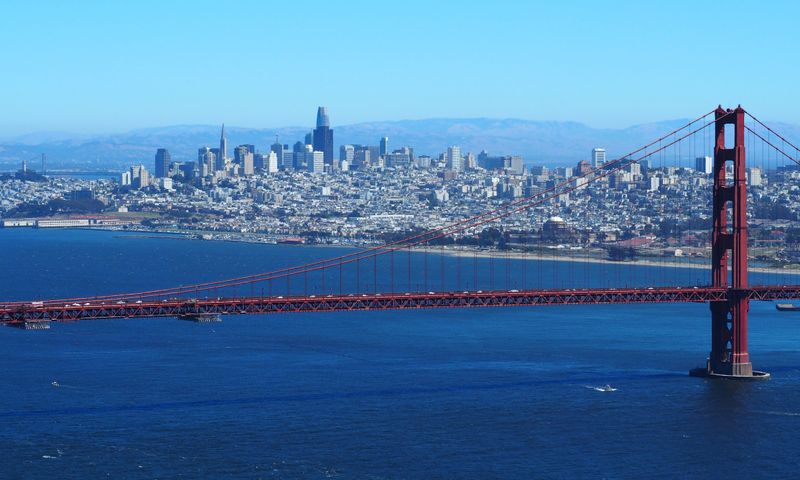
Over 60,000 residents packed their bags and left San Francisco between 2020 and 2022, creating a 7% population drop. Young adults aged 20-29 decreased from 18% to just 14% of the population, draining the city’s energy and nightlife scene.
Crime rates, homelessness, and sky-high living costs pushed the city’s livability ranking from 27th to 126th place. While the AI boom brought some recovery in 2023, many former residents haven’t returned to this once-beloved tech hub.
2. New York, New York
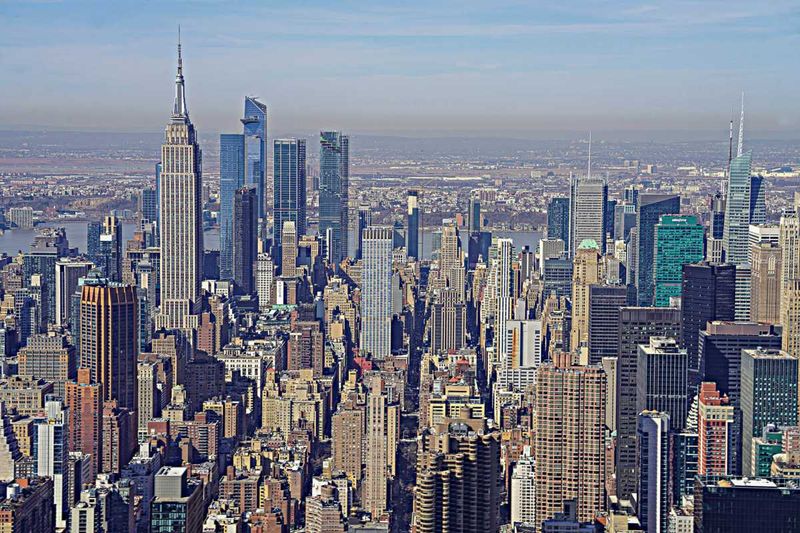
The Big Apple is losing its bite as residents continue fleeing to suburban areas outside the five boroughs. Core development has shifted away from Manhattan and Brooklyn toward quieter, more affordable communities in neighboring states.
High taxes, cramped living spaces, and post-pandemic work flexibility have made suburban life more attractive than ever. Even longtime New Yorkers are trading subway commutes for backyard barbecues and parking spaces that don’t cost a fortune.
3. Chicago, Illinois
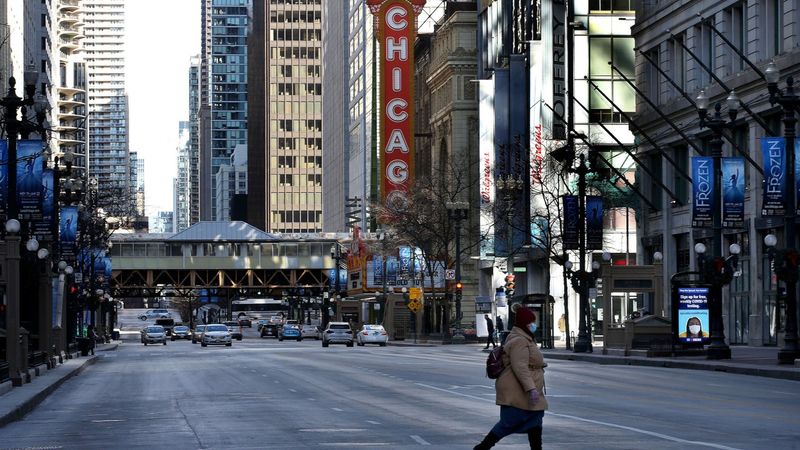
Newcomers arriving in Chicago are 13% more likely to leave compared to other major cities, creating a revolving door effect. Crime concerns, high taxes, and questions about the city’s future direction are driving people away faster than they arrive.
The Windy City’s harsh winters don’t help matters when residents can easily relocate to warmer, more affordable places. Many young professionals view Chicago as a temporary stop rather than a permanent home base.
4. Detroit, Michigan
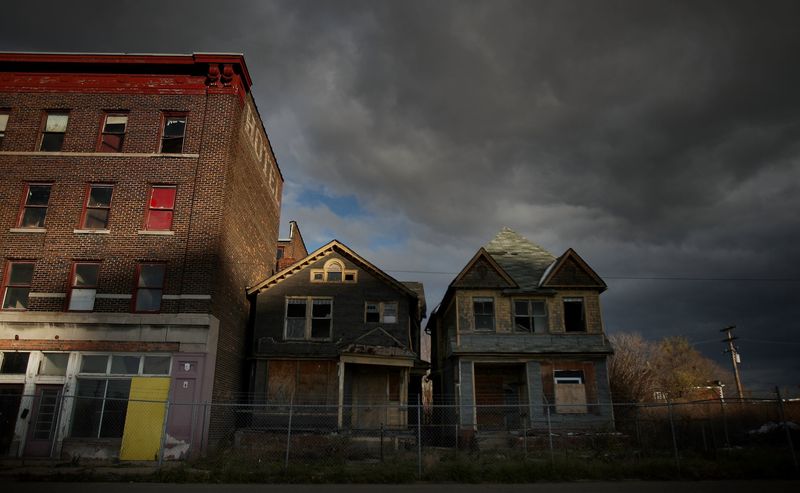
Detroit’s population has crashed by more than 60% since 1950, making it a poster child for urban decline. Deindustrialization and white flight gutted entire neighborhoods, leaving behind empty lots and abandoned buildings.
While slight growth resumed by 2024, the Motor City still battles high crime rates and widespread urban decay. Former automotive workers’ children often grow up elsewhere, breaking generational ties to this once-mighty industrial powerhouse.
5. Baltimore, Maryland
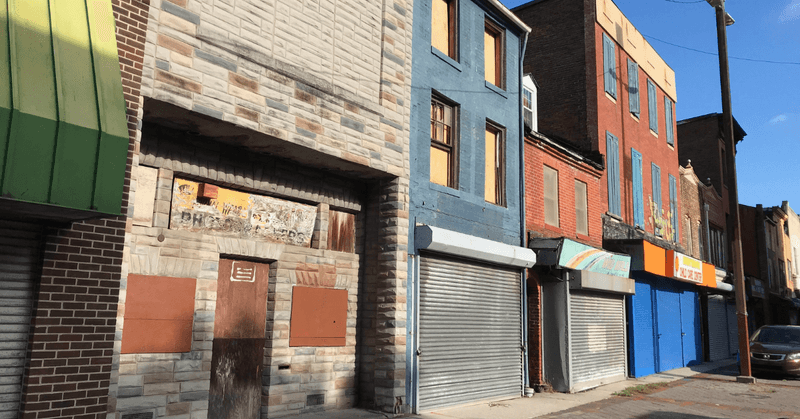
Baltimore suffered the steepest population decline among major U.S. cities, losing 5.7% of residents between 2010 and 2020. Families are leaving Charm City faster than new ones move in, creating a demographic crisis.
Economic opportunities have dried up while crime rates remain stubbornly high in many neighborhoods. The city that once thrived on shipping and manufacturing now struggles to find its identity in the modern economy, pushing residents toward more promising locations.
6. Saginaw, Michigan
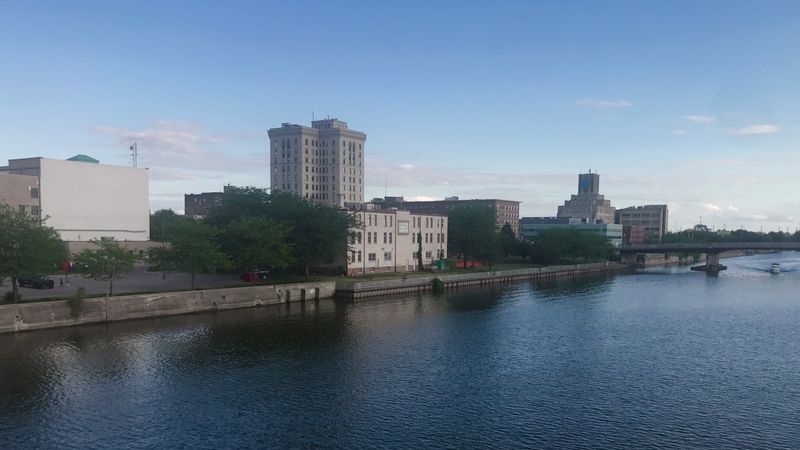
Sharp population losses hit Saginaw hard through the 2000s as manufacturing jobs disappeared and opportunities dried up. High unemployment rates and rising crime made this Michigan city less attractive to families and young workers.
Former residents often describe Saginaw as a place they had to leave to find success elsewhere. The city struggles with the same rust belt challenges as Detroit but lacks the resources and national attention needed for major revitalization efforts.
7. Portland, Oregon
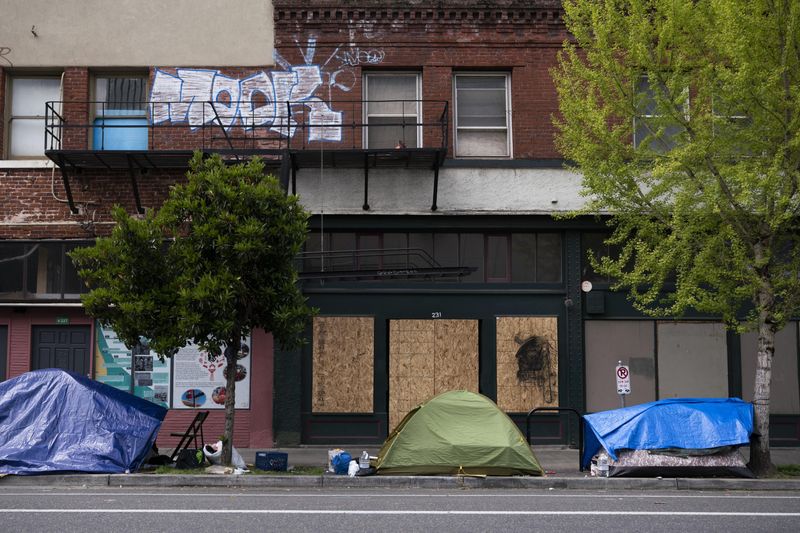
Portland was once among America’s most popular cities, famous for its quirky culture and outdoor lifestyle. However, recent years have seen declining appeal despite improved homebuying interest from some newcomers.
The city’s reputation for progressive politics and unique character has been overshadowed by urban camping, business closures, and safety concerns. Many former residents miss the Portland they remember from the 1990s and early 2000s when it felt safer and more vibrant.
8. Philadelphia, Pennsylvania
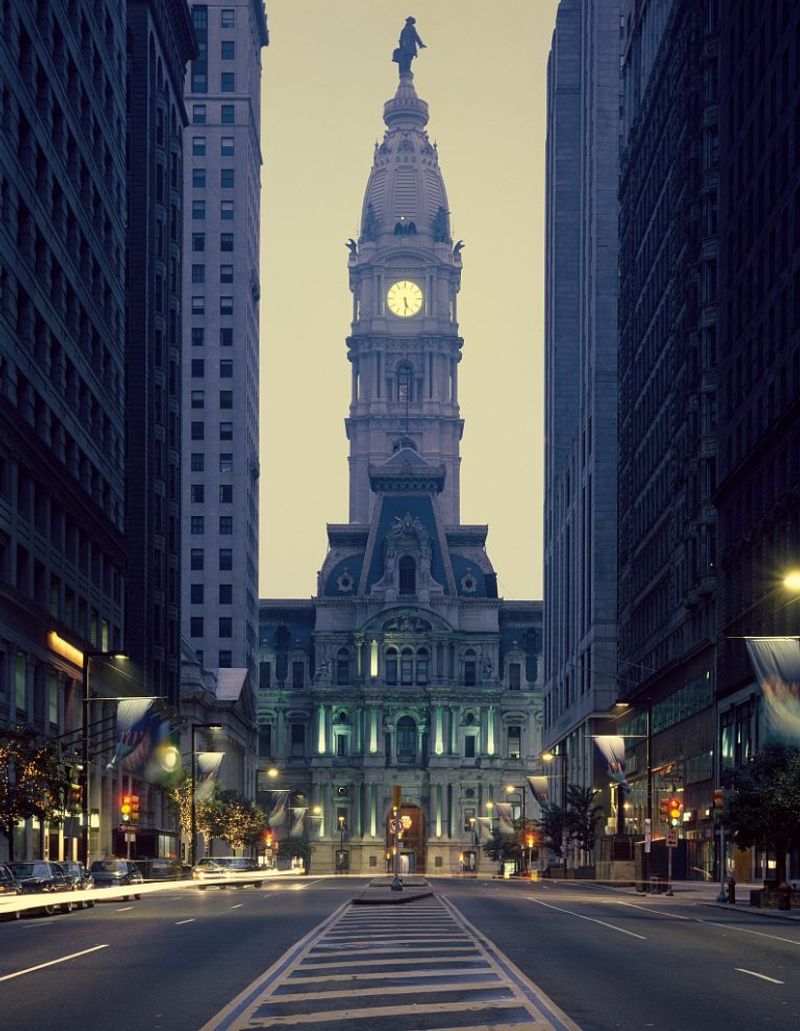
The City of Brotherly Love has experienced notable population loss in recent years as residents seek opportunities elsewhere. Young professionals often move to Philadelphia for college or entry-level jobs but don’t stick around long-term.
High crime rates in certain neighborhoods and limited economic growth compared to other East Coast cities make Philadelphia a stepping stone rather than a destination. Many residents eventually migrate to suburbs or other metropolitan areas with better prospects and safer communities.
9. San Jose, California
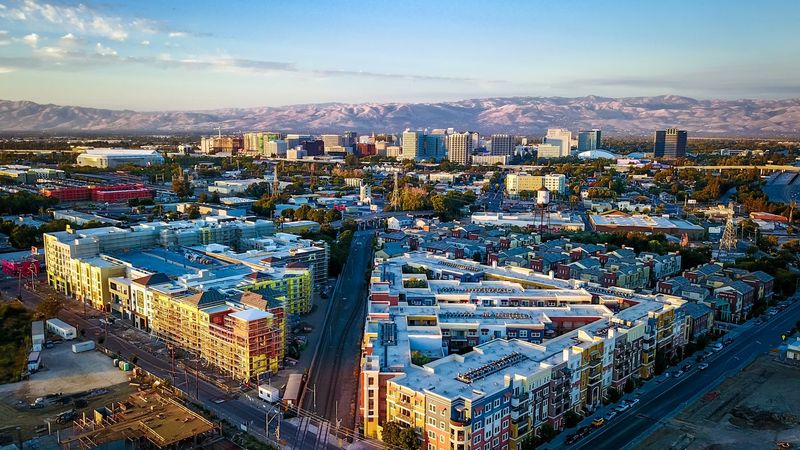
An incredible 93.7% of home searches in San Jose focus on properties outside the metro area, according to Realtor.com data. Sky-high housing costs have made homeownership nearly impossible for middle-class families.
Tech workers who helped build Silicon Valley often can’t afford to buy homes where they work. The irony isn’t lost on software engineers and other professionals who create billion-dollar companies but get priced out of their own communities by the success they helped generate.
10. San Antonio, Phoenix, and McAllen
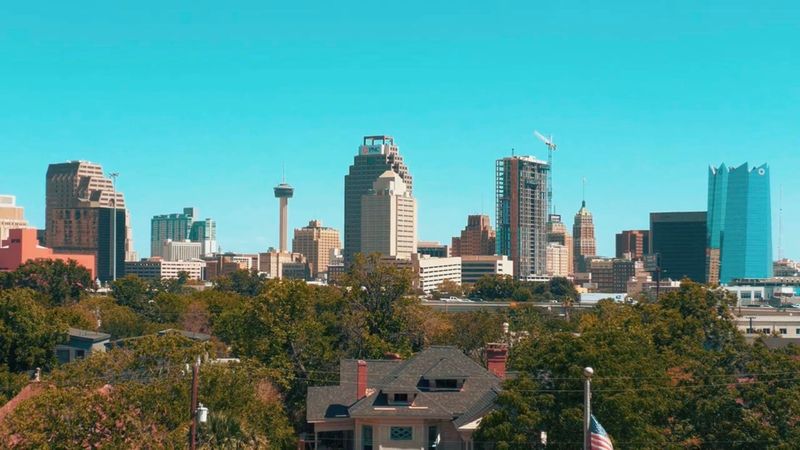
These former boomtowns lost significant allure in 2025 as soaring housing costs caught up with previously affordable markets. Return-to-office mandates also reduced their appeal to remote workers who had relocated during the pandemic.
San Antonio’s charm, Phoenix’s desert lifestyle, and McAllen’s border culture couldn’t overcome rapidly rising rents and home prices. Many residents who moved to these cities for affordability now find themselves priced out once again, looking for the next affordable haven.
11. Healdsburg, California
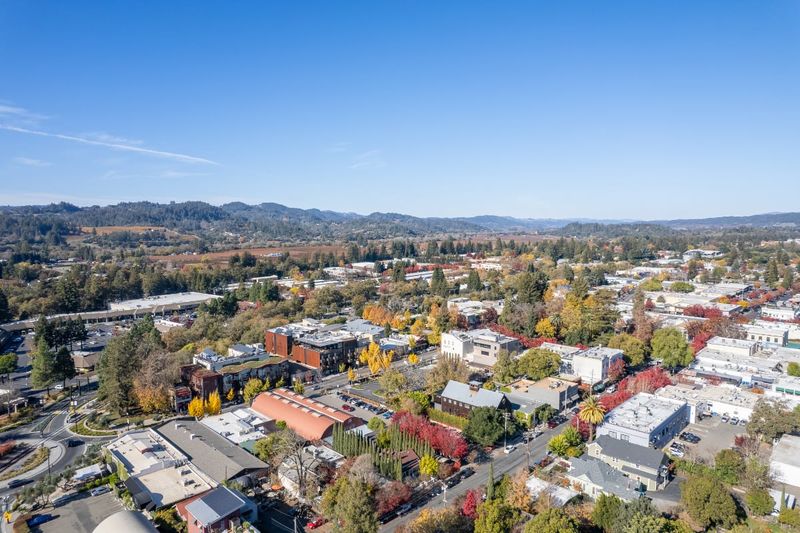
Children under 18 dropped from 25% to just 17% of Healdsburg’s population between 2009 and 2023, creating an aging community crisis. Housing restrictions have made it nearly impossible for young families to afford homes in this wine country town.
Local schools are shrinking as families with children move elsewhere for affordable housing. The community that once attracted young wine industry workers now primarily serves as a retirement destination for wealthy outsiders.
12. Berkeley (Thousand Oaks), California
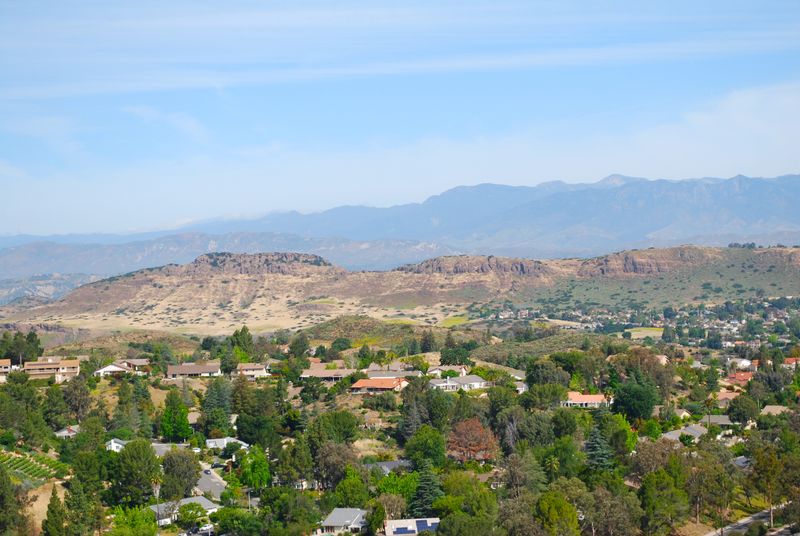
The median age in Berkeley’s Thousand Oaks neighborhood jumped dramatically from 37 to 55 years old, creating a community where diversity is shrinking and schools are closing. Aging-in-place has become the dominant demographic trend.
Young families can’t afford to move into the area, while older residents stay put in homes they bought decades ago. The neighborhood that once buzzed with children’s voices and diverse cultures now feels quiet and increasingly homogeneous.
13. Atlanta, Georgia

Atlanta experienced its first domestic migration loss in over 30 years, with approximately 1,330 residents leaving the metro area in mid-2023. Rising housing costs, traffic congestion, and downtown office vacancies have dulled the city’s appeal.
The city that once symbolized the New South’s economic promise now struggles with the same urban challenges as older metropolitan areas. Many residents are rediscovering smaller Southern cities that offer similar culture without Atlanta’s growing pains and expenses.
14. Charleston, South Carolina

Over-tourism and luxury development have diluted Charleston’s authentic historic charm, turning cobblestone streets into crowded tourist corridors. Local residents often feel like strangers in their own city as vacation rentals replace neighborhood homes.
The city’s carefully preserved antebellum architecture now serves more as a backdrop for Instagram photos than lived-in community spaces. Many longtime Charlestonians have moved to surrounding areas where they can afford housing and avoid constant tourist crowds.
15. Bridgeport, Connecticut
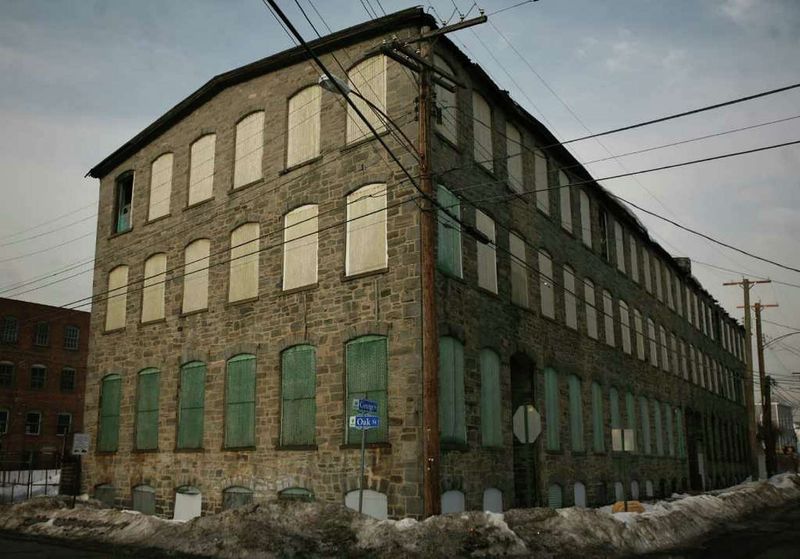
Industrial decline has kept Bridgeport’s population stagnant at around 148,000 residents in 2020, with widespread urban blight marking many neighborhoods. Former manufacturing areas sit empty while residents struggle with limited economic opportunities.
The city that once powered Connecticut’s industrial economy now serves as a cautionary tale about post-industrial decline. Young people typically leave for college or jobs elsewhere, rarely returning to build careers in their hometown’s struggling economy.
16. Cleveland and Rust Belt Cities
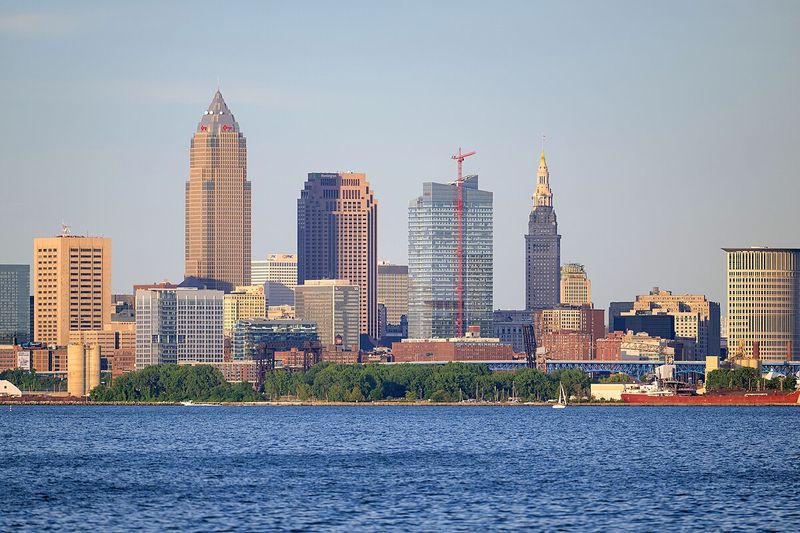
Cleveland’s population dropped 22% since 2000, while Youngstown fell 27% and Flint nearly 35%, illustrating widespread Rust Belt decline. Economic opportunities disappeared along with manufacturing jobs that once sustained entire communities.
Shrinking populations mean fewer taxpayers to support city services, creating a downward spiral of reduced amenities and infrastructure decay. Many residents who stay do so because they can’t afford to leave, not because they see a bright future ahead.
17. Colorado Springs and Denver Suburbs
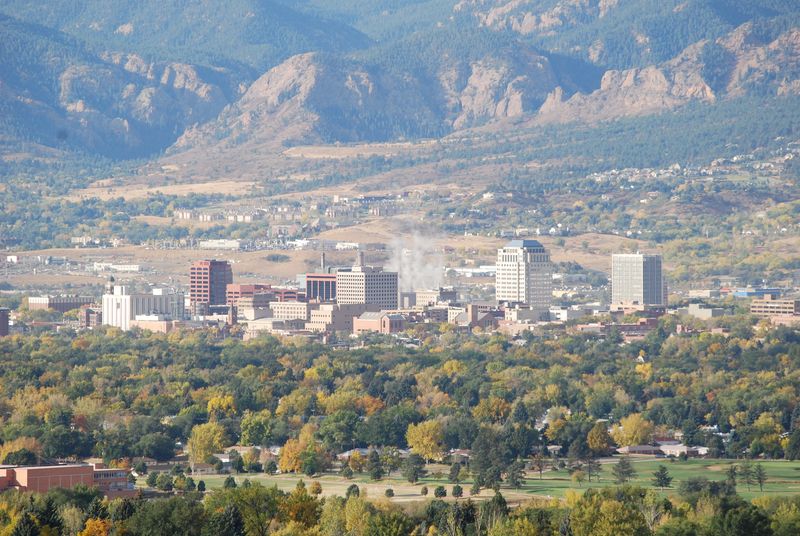
Denver’s shift from traditional lawns to drought-tolerant landscaping is changing the aesthetic appeal that originally attracted residents to Colorado suburbs. Brown, xeriscaped yards replace the green spaces families expected when moving from other states.
Water restrictions and climate concerns are reshaping how these communities look and feel. The mountain lifestyle that drew people westward now comes with environmental compromises that some residents find disappointing compared to their original expectations of Colorado living.

